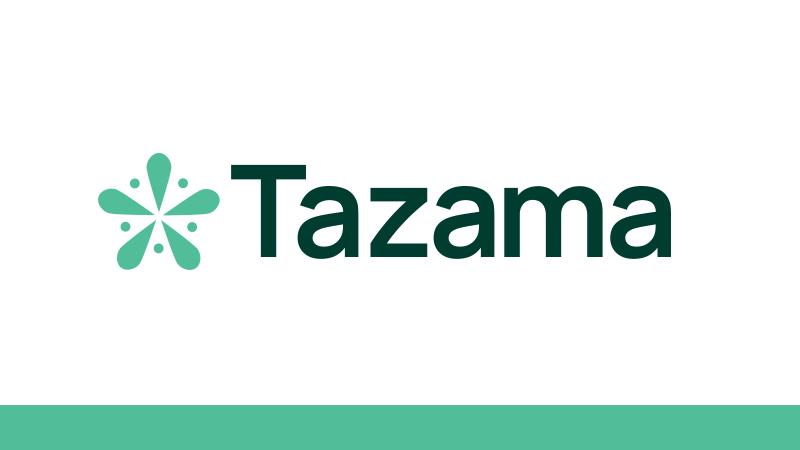SEO and PPC Are Not Mutually Exclusive
Last June, the Federal Trade Commission (FTC) required that search engines deliberately and visibly label paid advertisements so that consumers have the fair option to click or not. In November, we saw one of Google’s first attempts to comply with the FTC’s new guidelines when search engine results showed advertisements precisely labeled “ad” in the same yellow color as the second “o” in Google. Some of those who saw it called it a soft roll out, and some called it beta testing, but what everybody did (or didn’t) see was Google’s reluctance to comment about this possible new feature.
 In 2013, with the advent of Google’s new algorithm, Hummingbird, SEO strategies were forced to shift from pushing keyword- stuffed meta tags and buying back links, to producing relevant, high-quality, and well-written content, in an uproar that was startlingly called “the death of SEO.”
In 2013, with the advent of Google’s new algorithm, Hummingbird, SEO strategies were forced to shift from pushing keyword- stuffed meta tags and buying back links, to producing relevant, high-quality, and well-written content, in an uproar that was startlingly called “the death of SEO.”
So what do these changes mean for the future of these online marketing avenues? How will “Ad” labels affect click through rates (CTR) and what will the implementation of Google’s new algorithms mean for SEO campaigns? While many Content Strategists turn their nose up at Pay-Per-Click advertising, and many proponents of PPC scoff at the patience needed to watch a SEO campaign evolve, perhaps the most telling factor about the future of online marketing avenues is that SEO and PPC are not mutually exclusive.
Instead of having marketing strategy that favors either PPC or SEO, consider the following: Imagine a user searching for “apple pie recipes” in Google.
 On top the user sees Google’s golden yellow “ad” label beside a search result and clicks. The user is met with a well-crafted story about the history of this particular apple pie recipe. The user clicks a few more times before purchasing apple pie mix, or perhaps even a cookbook of old American recipes, like this particular pie. Now imagine that the user scrolled past the paid ads for “apple pie recipes” to a result whose description reads “guest blogger Jane Smith shares her family’s apple pie recipe,” and clicks. The user reads the guest bloggers story and is invited to “check out” the guest’s blog where the user then recognizes a banner similar to the one marked by Google’s yellow “ad” label. The user may or may not click, but at least now feels that he or she is part of some unspoken network where apple pie recipes can be sold, bought, told and shared.
On top the user sees Google’s golden yellow “ad” label beside a search result and clicks. The user is met with a well-crafted story about the history of this particular apple pie recipe. The user clicks a few more times before purchasing apple pie mix, or perhaps even a cookbook of old American recipes, like this particular pie. Now imagine that the user scrolled past the paid ads for “apple pie recipes” to a result whose description reads “guest blogger Jane Smith shares her family’s apple pie recipe,” and clicks. The user reads the guest bloggers story and is invited to “check out” the guest’s blog where the user then recognizes a banner similar to the one marked by Google’s yellow “ad” label. The user may or may not click, but at least now feels that he or she is part of some unspoken network where apple pie recipes can be sold, bought, told and shared.
 In 2014, it is safe to say that in the grand debate between PPC vs. SEO, the business who decides to employ both strategies will come out the winner. The surge in the popularity of mobile devices and laptops means that both PPC and SEO strategies will need to focus on having thoughtful mobile sites and applications that pay attention to local searches. Google has also started to favor content linked to Google+ accounts which simultaneously proportions interesting options for PPC display and banner ads. Pay-per-click ads can be avoided and ignored, yet they drive traffic at a faster rate than SEO. While SEO strategies do not spend money on traffic, money is instead spent on strategy and eloquent content and the results come at a slower rate. Use them together to have a fully-integrated, online marketing campaign is a decision that should be as easy as apple pie.
In 2014, it is safe to say that in the grand debate between PPC vs. SEO, the business who decides to employ both strategies will come out the winner. The surge in the popularity of mobile devices and laptops means that both PPC and SEO strategies will need to focus on having thoughtful mobile sites and applications that pay attention to local searches. Google has also started to favor content linked to Google+ accounts which simultaneously proportions interesting options for PPC display and banner ads. Pay-per-click ads can be avoided and ignored, yet they drive traffic at a faster rate than SEO. While SEO strategies do not spend money on traffic, money is instead spent on strategy and eloquent content and the results come at a slower rate. Use them together to have a fully-integrated, online marketing campaign is a decision that should be as easy as apple pie.





